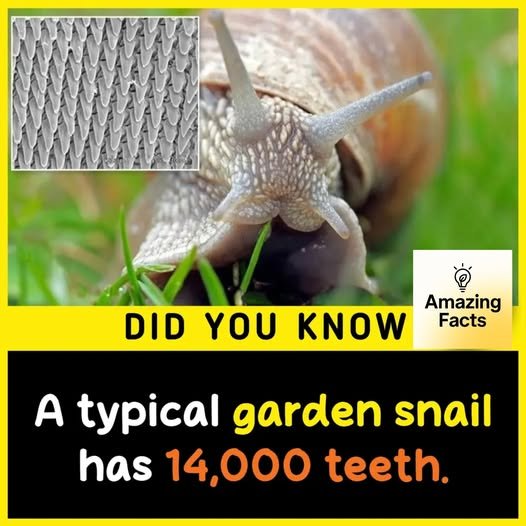The radula is like a ribbon-like tongue covered with thousands of tiny, chitinous, tooth-like structures. These microscopic teeth help the snail scrape or cut food before ingestion.
Garden snails use the radula to rasp plant material—like leaves and vegetables—making it an essential tool for feeding. The teeth on the radula are continuously replaced as they wear down, allowing the snail to keep feeding efficiently throughout its life.
What Is the Radula?
The radula is a unique anatomical structure found in most mollusks (except bivalves like clams). Think of it as a flexible, conveyor belt-like ribbon inside the mouth, lined with rows of microscopic teeth.
🦷 Structure of the Radula
- The radula may have tens of thousands of teeth arranged in rows.
- These teeth are made of chitin (like insect exoskeletons) and sometimes hardened with iron or silica in some species.
- The exact number and shape of the teeth can vary depending on the snail’s diet.
🍃 How It Works
- When a snail eats, it presses the radula against a hard surface (like a leaf).
- The radula moves back and forth, scraping or rasping food particles into smaller pieces.
- The food is then pushed into the esophagus and digested.
Imagine the radula as a tiny, biological file or rasp that shreds food into manageable bits.
🧬 Tooth Replacement
- Snail teeth wear out quickly due to constant use.
- New teeth are continuously produced at the back of the radula, moving forward as older ones wear down and fall off.
- This conveyor belt-like process ensures the snail always has fresh teeth.
🔬 Scientific Importance
- The radula’s structure is often used to help identify species of snails and other mollusks.
- It’s a fascinating example of evolutionary adaptation to diet—herbivores, carnivores, and omnivores all have radulas that are shaped differently to match their feeding habits.



